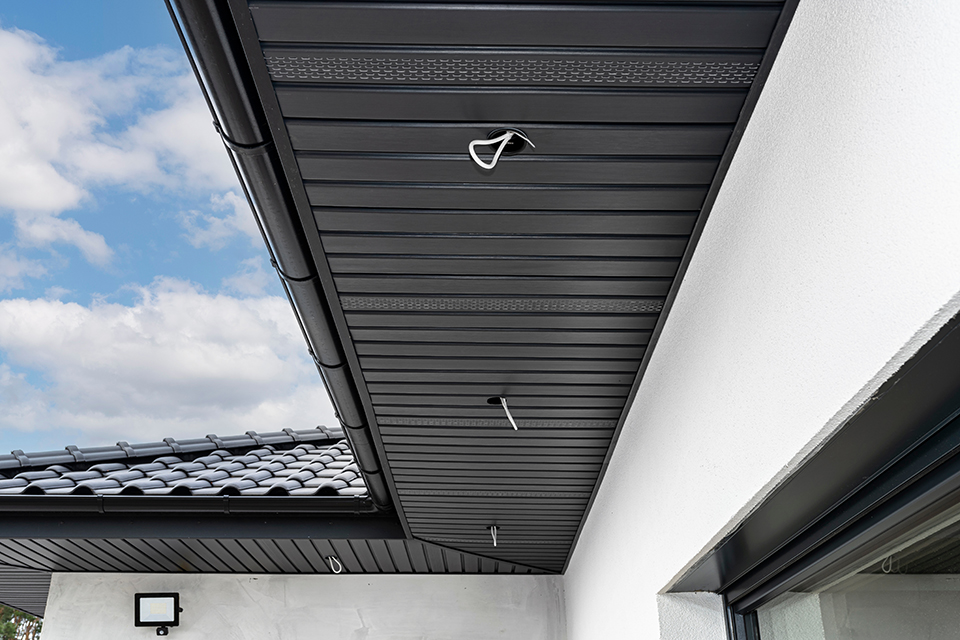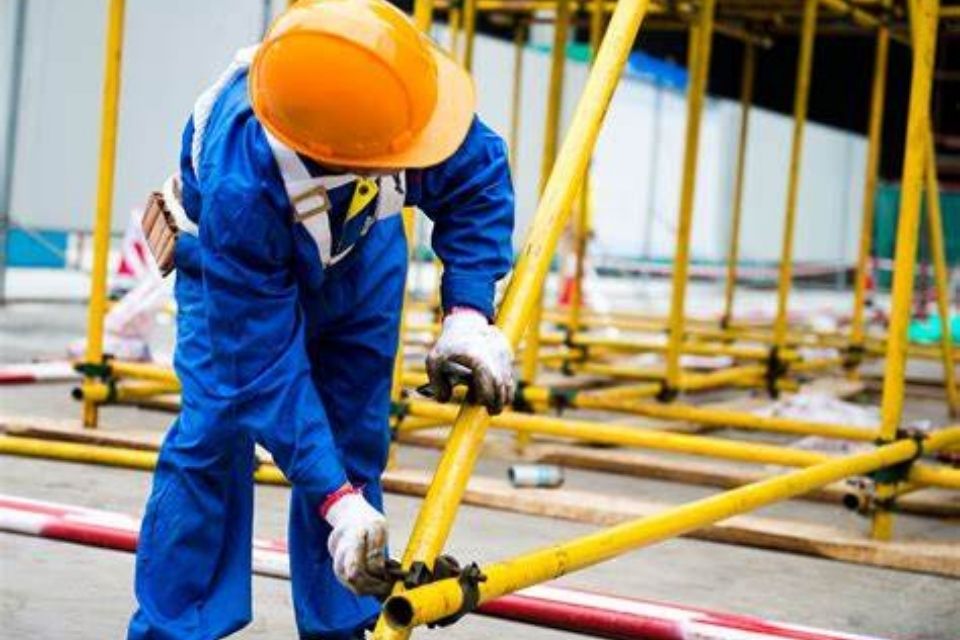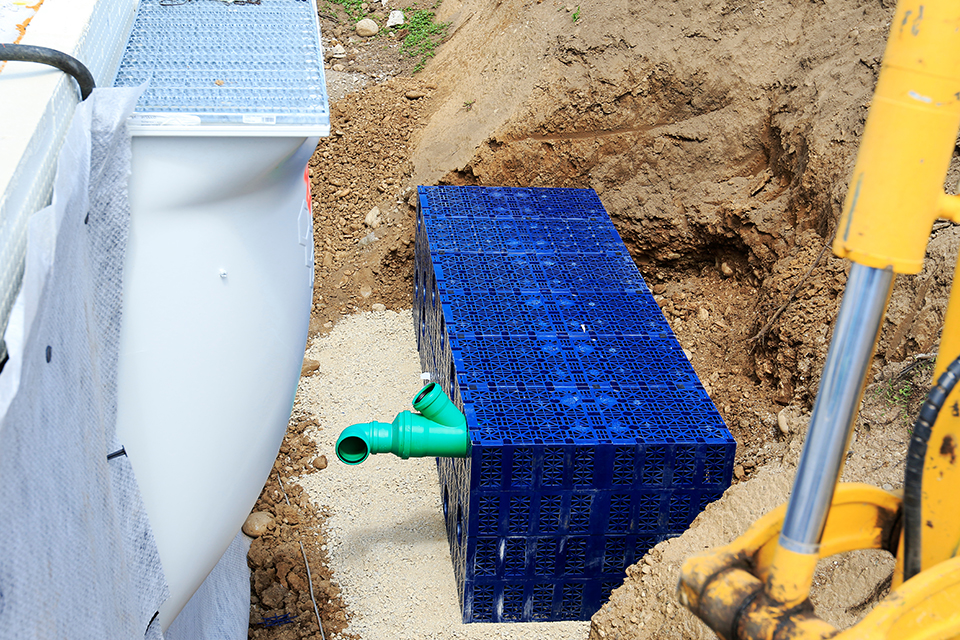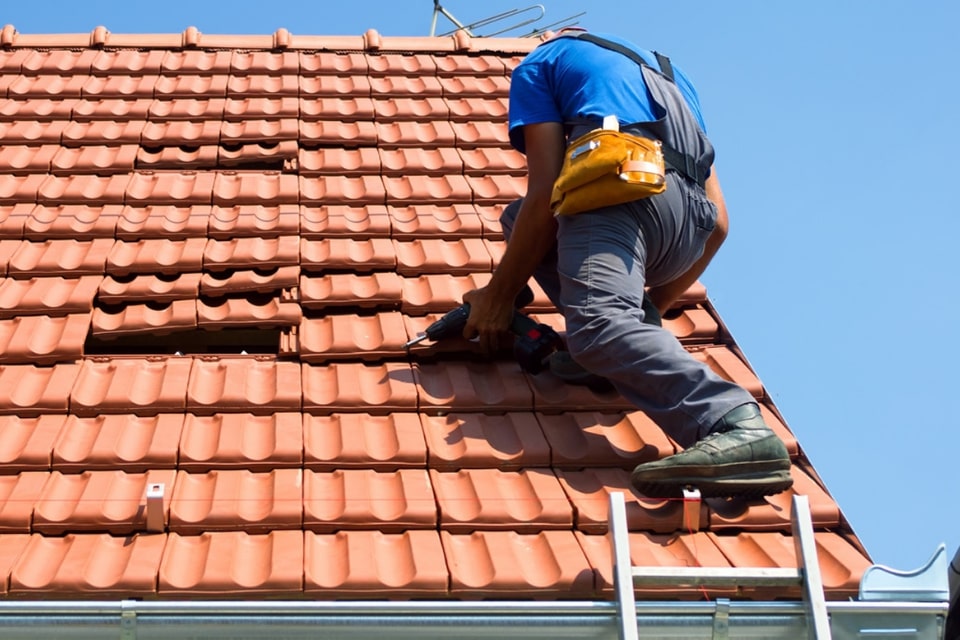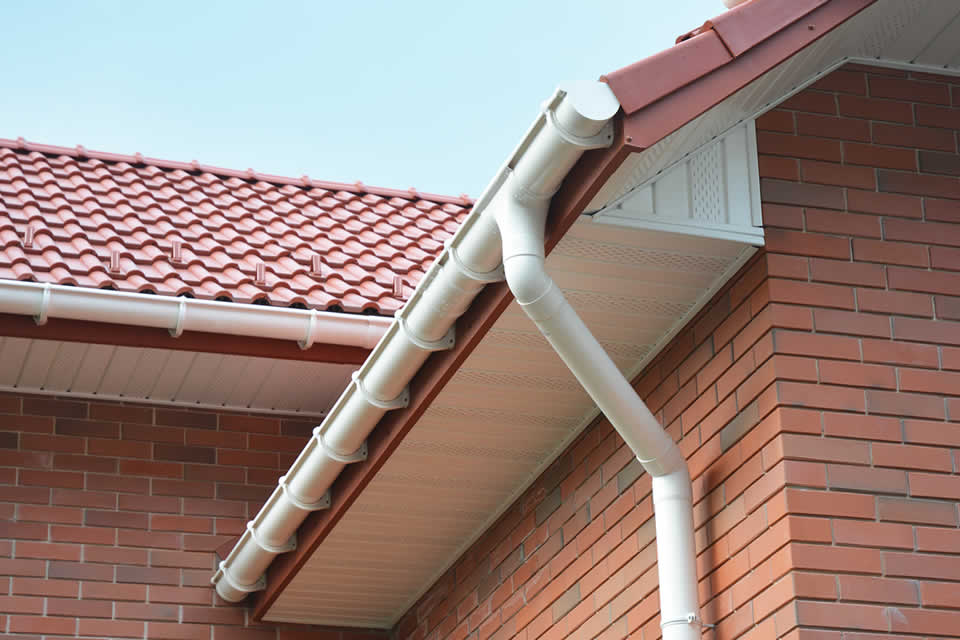How Much Does a Soffit Lighting Installation Cost?
On average, the soffit light cost of installation for several soffits is £300 to £500. This would cover the cost of cabling, fitting and testing.
To have a single soffit light fitted, the overall cost is more likely to land around £100 to £200. You could add these lights to the underside of a roof, porch or decking.
They can also be installed indoors, in which case the definition of soffit lighting is being extended a little.
Installing Soffit Lighting Prices
| Number of Soffit Lights | Supply Cost | Labour Cost | Total Cost |
|---|---|---|---|
| 1-2 | £60 to £100 | £40 to £100 | £100 to £200 |
| 3-5 | £180 to £300 | £120 to £200 | £300 to £500 |
- How Much Does a Soffit Lighting Installation Cost?
- What are the Supply Costs of Soffit Lighting?
- What are the Additional Costs of Installing Soffit Lighting?
- Tradesmen Costs for Soffit Lighting Installation
- How Long Does It Take to Install Soffit Lights?
- Types of Soffit Lighting
- How Much Does It Cost to Remove Soffit Lights?
- FAQs
- Sources
What are the Supply Costs of Soffit Lighting?
The supply costs of soffit lighting exclude the cost of labour and any additional expenses such as that waste removal. These costs may interest you in particular if you intend to fit soffit lighting DIY.
On average, the supply cost of one to two soffit lights is about £60 to £100, with the cost of three to five soffit lights being around £180 to £300. These costs can vary depending on the supplier and the quality of the lights.
What are the Additional Costs of Installing Soffit Lighting?
When having soffit lights installed, you may want to pay for other jobs at the same time. Let’s look at some relevant examples of other jobs that you may need to budget for on top of the soffit light installation cost in a little more detail.
Security Alarm
If you have soffit lighting installed for security purposes, you may also want a security alarm fitted for your home. This can help scare off possible intruders and alert you to potential issues.
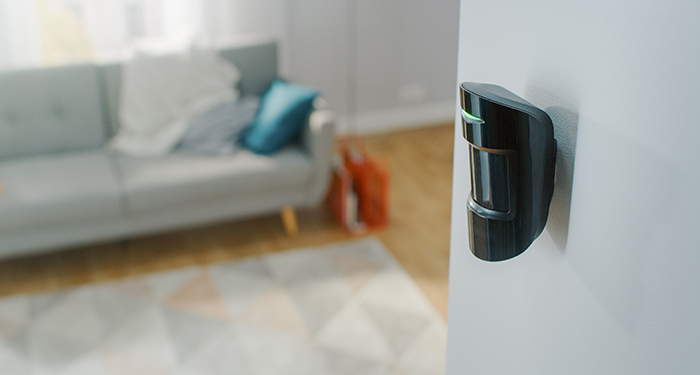
Some modern security alarms also come with the ability to notify emergency services; this is useful if your home is being robbed as it will increase the chance of the intruder(s) being caught before they get out of your home.
On average, it costs £150 to £200 to have a simple bell-only alarm installed with the price rising to about £175 to £225 for a dialler alarm or £200 to £300 if you’d like a silent alarm.
Wired alarm installations tend to be priced at £400 to £800, whereas you'd need a budget of £200 to £500 should you want to have a wireless security alarm installed.
Security Cameras
Having a CCTV system installed in your home can increase security and deter potential intruders. CCTV records videos and transmits them elsewhere or/and saves them locally or via the cloud, depending on the nature of the system.
CCTV can help track down those who did so if your home is broken into. It may also simply deter people from breaking in, in the first place. To have CCTV installed around your property, expect to pay about £1,500 to £2,000 for a four-camera system or £1,800 to £2,500 for an eight-camera system.
Alternatively, you could fit one or two CCTV cameras on your property DIY for about £100 to £400. Please only do so if you have the right skills and knowledge and understand all the safety steps needed.
Solar Security Light
Solar lights could be installed throughout your garden as another and more eco-friendly (as well as cost-saving) form of security lighting. These lights are powered by solar cells fitted atop to harness the sun’s energy during the daytime. Solar cells comprise layers of crystalline and various chemicals that can convert the sun's rays into electricity.
These lights tend to cost between £1 and £20 per unit. Solar security lighting can also lower instalment costs since the wiring is not needed. In most cases, they can be installed by a DIY enthusiast with relative ease.
A key disadvantage of solar lights is that their lower output may not be to your liking. They will, of course, not offer the brightness of many other types of security lighting. However, if they are used along with LED bulbs in your back garden, they can contribute to an overall effective means of enhancing home security.
Tradesmen Costs for Soffit Lighting Installation
We’ll now move on to the tradesmen costs, a.k.a. labour costs. This excludes the supply costs or any additional expenses.
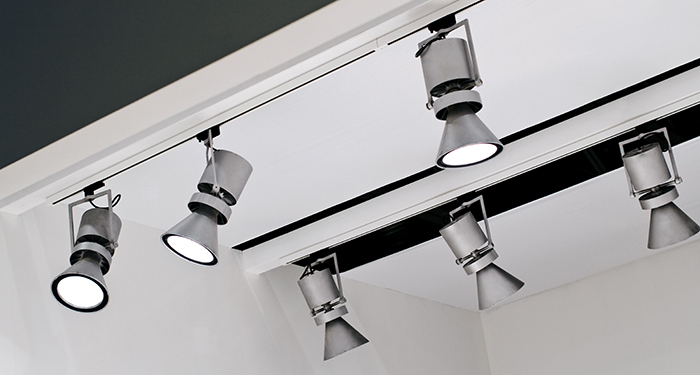
On average, an electrician will charge around £40 to £50 per hour to install soffit lighting. The daily cost would reach approximately £200 to £260. However, the labour cost of installing soffit lights will depend on a range of factors, including whereabouts in the UK you are based.
Some examples of electrician labour rates by region:
- London: £45 to £50 per hour
- Liverpool: £25 to £35 per hour
- Manchester: £25 to £35 per hour
- Glasgow: £25 to £35 per hour
- Edinburgh: £30 to £40 per hour
- Cardiff: £25 to £35 per hour
- Belfast: £20 to £25 per hour
The overall labour cost would depend on the number of soffit lights being installed/and how long the job takes. Other cost factors include the state of the work area and ease of access.
How Long Does It Take to Install Soffit Lights?
Let’s now discuss how long it takes to fit soffit lights. On average, having one or two soffit lights installed should take an hour or two, whereas having three to five soffit lights fitted would probably last between three and four hours.
The duration would depend on the size of the area, the number of lights being installed, and the type of lights being fitted.
Timeframes of Fitting Soffit Lights
| Number of Soffit Lights | Duration |
|---|---|
| 1-2 | 1-2 hours |
| 3-5 | 3-4 hours |
Types of Soffit Lighting
There are several different types of soffit lighting worth a closer look at. Let's delve into these examples and discuss their pros and cons.
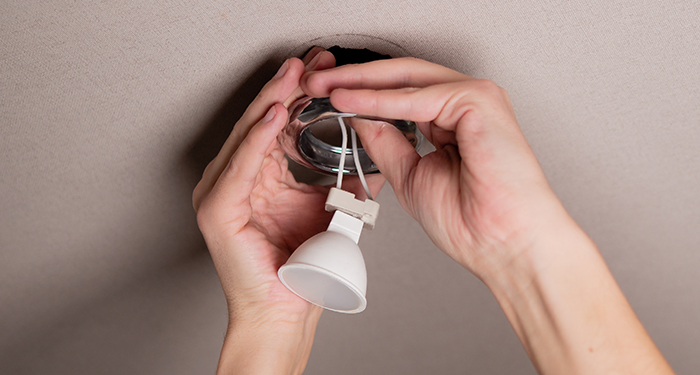
Direct Soffit Lighting
A direct soffit light focuses on a given object/area. Examples include track lighting installed beneath an indoor soffit or safety lighting installed beneath an outdoor soffit.
Recessed soffit lighting is a popular type of direct soffit lighting. It fits within the soffit; however, it illuminates certain areas in a way that’s useful.
Lighting installed beneath cabinets may be considered soffit lighting too. It could also be direct or indirect; it would be deemed an example of the former if it’s employed to illuminate work surfaces on a countertop.
Pros
- Focus on a specific object or area
- Track lighting is an option
Cons
- It May be too focused for your liking
Indirect Soffit Lighting
Examples of indirect soffit lighting are those that are fitted between the ceiling and cabinet tops, or they are low-level ambient lights that are not designed to sufficiently light up a worktop.
You can expect indirect soffit lighting, whether indoors or outdoors, to provide a gentle glow or perhaps to bounce off the ceiling for greater illumination.
Pros
- Ambient and subtle option
Cons
- Not as focused as direct soffit lighting
How Much Does It Cost to Remove Soffit Lights?
You may come to a point where you want to remove exterior soffit lighting. This could be because you no longer have a need for them, or you want to have them replaced with another lighting.
The average cost of simply removing soffit lights would be around £90 to £200. This includes an estimated £40 to £100 labour cost depending on how long the removal process takes (likely one to two hours) and the cost of waste removal, if applicable, which would probably land between £50 and £100.
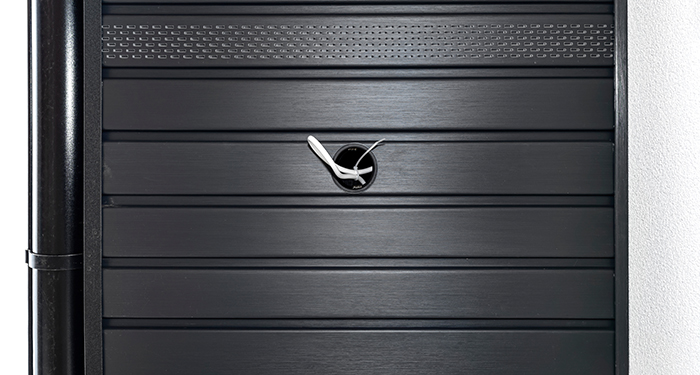
If necessary, waste removal expenses would likely involve hiring a small skip, although you may be able to recycle them through certain stores or dispose of them via a waste management facility.
If in any doubt, please contact your local skip company or waste management facility or, of course, find a store near you that may be willing to take in and recycle your garden lights.
FAQs
Q: What are the best soffit lights?
A: This will depend on what you're going for. Direct soffit lights will, of course, provide the most lighting and can be used to highlight certain areas. Some homeowners may prefer indirect soffit lights. Again, it really depends on what you want from soffit lighting.
Q: How long do soffit lights tend to last?
A: If you’re using soffit lights for an average of twelve hours a day, a good estimate of their life expectancy would be ten to fifteen years.
Q: What sort of qualities should a soffit light have to be installed?
A: Good recessed LED lighting should be rated for use in damp/wet environments (e.g., outdoor soffits) as well as being UL Listed. Once the lighting fixture is correctly covered by your roof, then there should be no issues with the rain.
Q: What are some common mistakes people make when installing soffit lights?
A: For starters, one mistake is using soffit lights that are too bright. After all, soft and toned lighting is the goal. Thankfully there is a range of soffit LED lighting options on the market, so it’s possible to find the right soffit lights for your home and situation.
Another mistake is the 'floating island effect'. This can occur when homeowners fail to take the surrounding landscape into account when having soffit lights fitted along the roofline of their home. You want to balance your property's lighting with the nighttime lighting that surrounds it.
You also want to avoid quirky looks such as that of the 'spaceship effect' This occurs when the soffit lights are too bright and face only or mostly downward.
This can make a house look a bit like a flying saucer on the brink of launching into space. The use of accent lighting around a home and not having lights face only downward can improve the natural look of your home’s lighting.
Q: What are lumens exactly?
A: Lumens are a way of measuring light bulbs that took effect in 2019. This new measurement system focus on how bright light bulbs are rather than being concerned with their energy use or power, which is measured by wattage.

